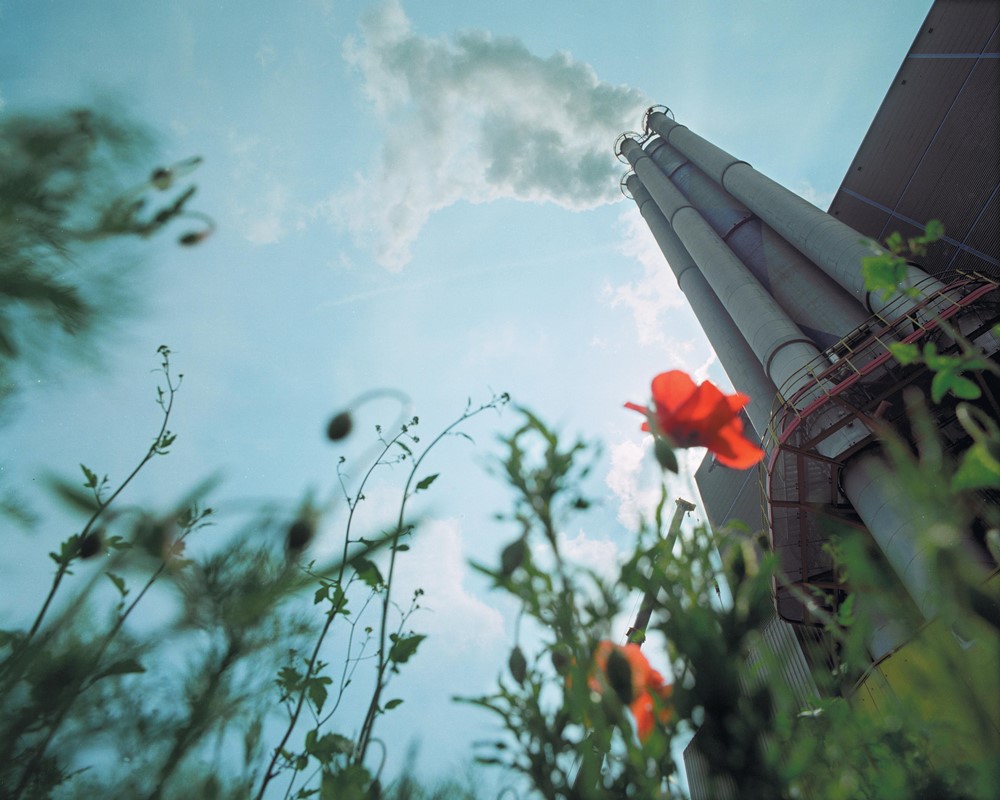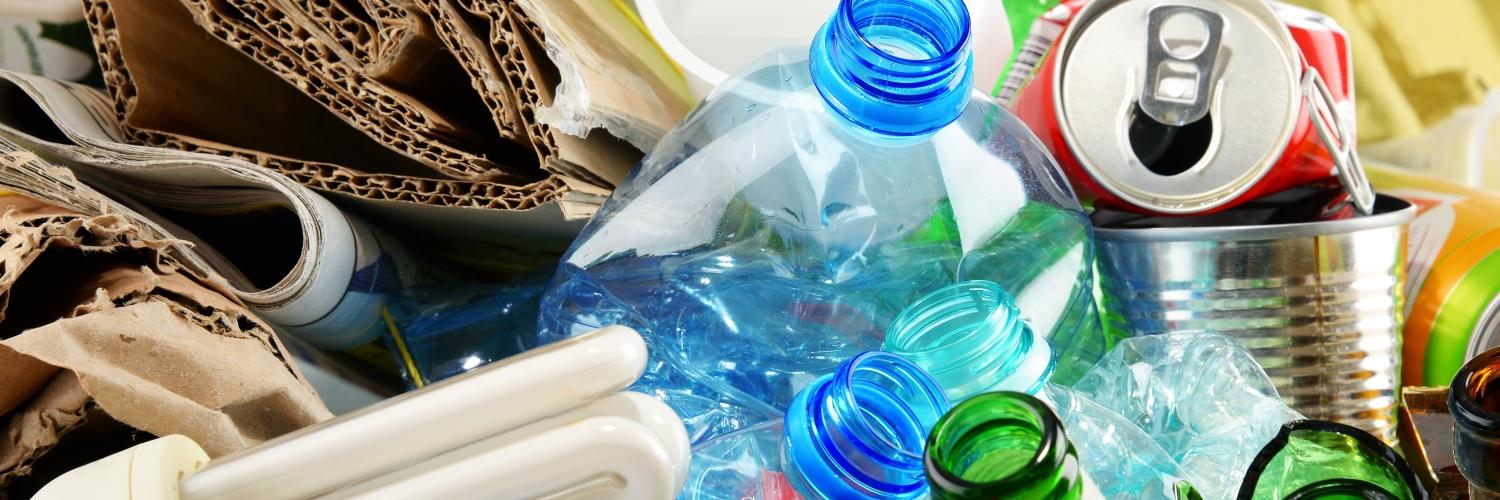8 November 2016
BREF revision criticised
Waste Incineration BREF in the pipeline
The EU's Reference Document on Best Available Techniques (BREF) for Waste Incineration is under revision. Stakeholders involved in the process are increasingly concerned amid uncertainties about how the emissions standards will be set.
For more than ten years European waste-to-energy (WtE) plants have been complying with the lowest emission standards of all industrial installations covered by the Industrial Emissions Directive (IED) - and actual emissions are even well below the limit values. The industry was therefore confident about the expected revision of the Waste Incineration BREF (WI BREF). According to Carsten Spohn, director of the German association of WtE plants ITAD, many experts in the EU member states see 'just marginal room for improvement'.
Carsten Spohn (ITAD):
"We are worried that the real emissions from waste-to-energy plants will not be taken into account."
Considerably underestimated
Dick Spanjaard, involved in the revision on behalf of the Dutch Waste Management Association, says much the same thing. He describes the mood during the kick-off meeting in Seville almost two years ago. 'We thought that the WI BREF would be tidied up and the terminology brought into line with the new IED. But now we are worried there will be problems.' Hubert de Chefdebien of the French company CNIM (Constructions Industrielles de la Méditerranée) acknowledges that at first he and others could not imagine how frustrating the revision process would be. CNIM builds turnkey industrial plants around the world, including WtE plants. 'Our reasoning was that any tightening of the emission standards should not be a problem. Whatever the standards, we should be able to meet them. It was salesman talk - which of course is what we also are.' But there is still a danger that things could go wrong.
Dick Spanjaard (consultant to the DWMA):
"The JRC sees the reported data as hard facts without any uncertainty. This amounts to living in a fantasy world."

European waste-to-energy plants have been complying with the lowest emission standards for years
Debate impossible
The revision of the WI BREF is being coordinated by an office at the Joint Research Centre (JRC), the European Commission's science and knowledge service in Seville. The JRC has emission data from almost 300 European WtE plants and these form the basis for the new BREF and the maximum permitted emissions, known as BAT-AELs. Debate with the JRC is almost impossible, says Chefdebien. 'We send them the requested information and get no feedback or answers to our questions.' The JRC has millions of data at its disposal, does not say how it is using these data, and decides what the basis for the new emission limits will be without any discussion.
Lower emissions
Lower emissions are almost impossible for WtE plants, says Markus Gleis of the German environment ministry (Umweltbundsamt) in Berlin. 'If they go much lower they will be almost zero. But how can the plants achieve that?' The JRC takes the highest and lowest emission values for each substance it can find in the data and intends to use the lowest values as the limit values for the WtE plants. The JRC argues that these limits are already being met by coal-fired power stations. Gleis: 'It's a big mistake to compare the two. Coal-fired power stations have a choice of which type of coal to burn, which influences the levels of their emissions. Waste incinerators do not have a choice. They have to accept the waste that arrives at the gate.'
Markus Gleis (German environment ministry):
"Lower emissions are almost impossible for waste-to-energy plants."
What is the WI BREF?
BREF stands for Best Available Techniques Reference Document and WI for waste incineration. A BREF describes the applicable techniques, current emission levels, consumption levels and methods for determining the best available techniques for a specific industrial sector falling under the IPPC Directive (Integrated Pollution Prevention and Control), which was recast in the Industrial Emissions Directive (IED) in 2010. BREFs are drawn up following an exchange of information and extensive consultations. The WI BREF must be periodically revised. This BREF is on installations specifically for incinerating wastes, including gasification and pyrolysis. Co-incineration of wastes, for example in the cement industry, is not covered by this BREF. The BREF forms the benchmark for licensing and enforcement.
The BAT-AEL (Best Available Techniques Associated Emission Levels) are part of the conclusions in the BREF. They describe the range of emission levels obtained under normal operating conditions using a best available technique or combination of techniques, expressed as an average over a given period of time.
Inaccurate monitoring
Moreover, the lower the emission values, the less accurate the emissions monitoring. 'The lowest value is a meaningless number,' says Spanjaard. 'No measuring equipment is precisely accurate and gives 'true' values and so all measurements contain a certain degree of uncertainty, but the JRC does not take this into account. It sees the reported data as hard facts without any uncertainty. This amounts to living in a fantasy world and it makes the sector vulnerable to public opinion. The public do not understand that standards and reported emission values do not truly represent reality. We don't want this to end in scandals all over the media, like we had decades ago.'
Bigger uncertainty
At lower concentrations the relative uncertainties in the measured emission values increase. Chefdebien: 'If the emission limit values are set at the level of the lowest proposed emissions, we will no longer be able to measure them reliably. We will not be able to demonstrate that we meet the standards, which means, strictly speaking, that the installation may have to be shut down. And sometimes even the higher proposed emission limits are too low to be measured in accordance with the current legislation and standards.' Chefdebien takes the emission standard for mercury as an example. The JRC wants to set the limit for these emissions at 1 microgram per cubic metre, which horrifies him. 'According to the supplier of the most accurate measuring equipment, that concentration cannot be measured with sufficient accuracy. The JRC's argument is that the US standard is 1.5 micrograms, so this should be possible in Europe too. We have checked this, but they can't measure these low concentrations in the US either. It's just ridiculous.' Spohn suspects that the motives are more political than technical. 'We are worried that neither the real emissions from waste-to-energy plants nor the relevant technical issues will be taken into account because of this political agenda.'
Hubert de Chefdebien (CNIM):
"Debate with the JRC is almost impossible."

The European Commission will make the WtE plants pay the price of unmeasurable emission standards
France remains silent
According to the JRC, setting emission limit values is not the responsibility of 'Seville', but of the Commission and the member states. And that leads to extra complications. Just a few member states are taking any interest in the revision process. One of the key players is France, which together with Germany it has about 80% of all the WtE plants in the EU, but it is avoiding the issue. One of the reasons is that the French representative changes every year: as it takes some time to understand the complex material, the French generally remain silent. It seems as if only a few member states, including the Netherlands, are making any objections. That makes those member states vulnerable. They can easily be ignored.
BAT-AEL values
A BREF with BAT conclusions - the BAT Associated Emission Levels (BAT-AEL) containing the range of emission levels for the best available techniques - is supposed to be ready in 2018. The 27 EU member states have to adopt these in full in their national legislation and derive the emission limit values from them. Chefdebien's biggest concern is that the BAT-AEL values will be too low to be usable and that the licensing authorities will not be properly informed. 'Say that the range of emission levels for a certain substance is 1-5 and the licensing authority uses 1 as the emission limit value in the permit. If the licensee complains that this cannot be measured, the licensing authority can simply say sorry, but it's in the BREF.'
High costs
Gleis thinks that even the European Commission does not comprehend what is happening. They want to reduce the amounts of waste that are landfilled, but in doing so they will make the WtE plants pay the price of unmeasurable emission standards. Gleis: 'And this will give countries that still landfill 70% to 80% of their waste a new argument to carry on as before.'



